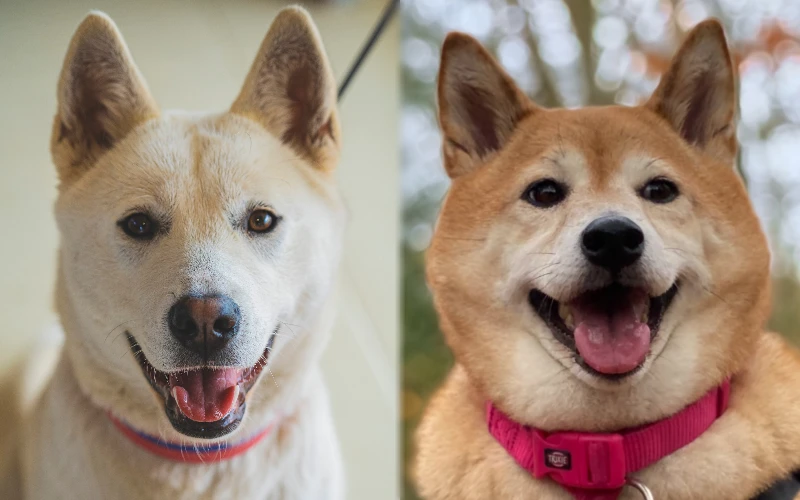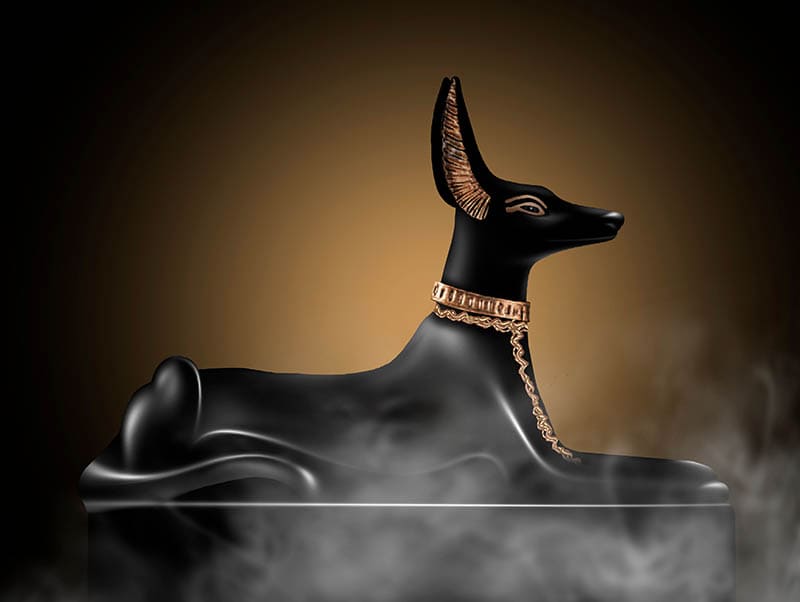What Were Akitas Bred For? Akita History Explained

Updated on
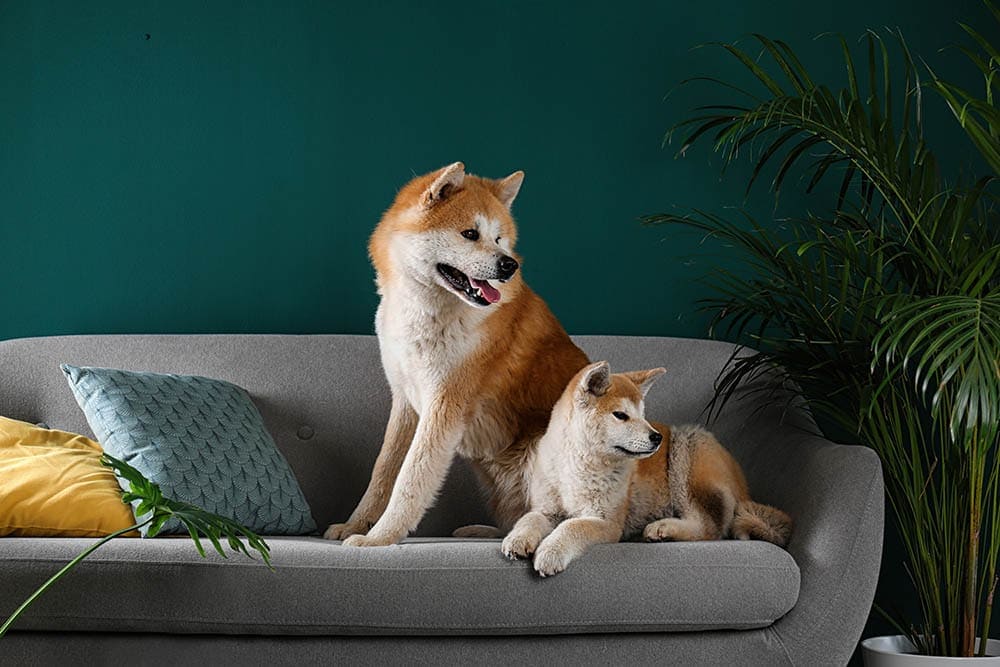
Akitas are a breed of Japanese dog that is known for their thick fur coat. They are often considered to be one of the most intelligent dog breeds, and they make great family pets. Known for their gentle nature, and playful and loyal personalities, Akitas are typically agile active dogs, and they make good companions. Akitas are a good choice for people who want a dog that is easy to care for and can be reliable in situations where other dogs might be unpredictable.
The breed is considered to be one of the oldest Japanese hunting and guard dogs and today, alongside being a furry companion for humans, is used for livestock protection, search and rescue, and therapy work. Today, when people speak about Akitas, they may be referring to one breed, or two.
Let’s find out all about the history of these magnificent canines, and the vital role one particular Akita, Hachiko, has played in the preservation of this dog breed.
What Were Akitas Originally Bred For?
The Akita or Akita Inu is a Japanese breed of dog that is considered to be one of the country’s most ancient and revered breeds. They are considered one of the oldest and most primitive dog breeds in Japan and have been popular in Japan for hundreds of years—even today they remain one of the country’s most popular dog breeds.
They were originally from Odate, Akita Prefecture, a mountainous region of Japan, where they were trained to hunt animals such as elk, wild boar, and Ussuri brown bears, as well as other types of game. They were bred to be strong and agile and to have a keen sense of smell. Akitas are also very good guard dogs and have been used in Japan to protect homes and property for centuries.
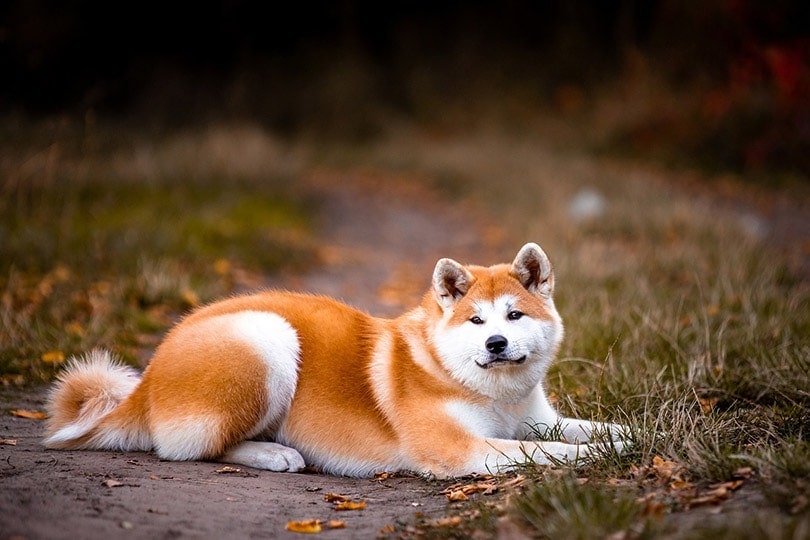
The History of Akitas & the Imperial Family of Japan
Akitas are closely associated with the Imperial Family of Japan. In fact, the family pet of the current reigning Emperor of Japan, Nurhito, is an Akita named Yuri. It was once only possible to own an Akita if you belonged to the imperial family and its court. Nowadays, ordinary people across the globe entrust their Akitas with guarding their families and providing endless loyal companionship.
Akitas & Japanese Samurai
The Samurai were a class of warriors in feudal Japan who were known for their discipline, courage, and skill in battle. Samurai did not have pets in the traditional sense, rather, samurai had animal companions used for riding and hunting and were greatly revered by samurai. They were not kept solely for the owner’s amusement or companionship but were instead an important part of samurai culture and daily life. Akitas and Samurai have a long history together, with the Akitas often being used as loyal companions by the Samurai from the 1500s to the 1800s.
Akitas & Dog Fighting: A Brief History
Dogfighting is a cruel and barbaric practice in which two dogs are forced to fight each other until one is killed or injured. Historically, it was a popular blood sport in many parts of the world, and it is now illegal in most countries. In Japan, the Akita’s tenacity, strength, and aggressiveness made them prized fighters. Dogs that were successful in fighting could bring in large sums of money for their owners, and as a result, many Akitas were bred specifically for this purpose.
Today, dogfighting is still legal in Japan, where there are still 25,000 registered fighting dogs, although a growing body of humanitarians want it outlawed. Although there was a long history of Akitas being used in dogfighting in Japan, Akitas are no longer the breed of choice. A highly specialized breed called the Tosa has been used instead since the late 19th century, and although the Tosa is mostly a mix of European dog breeds, the Akita is also one of its many ancestors.
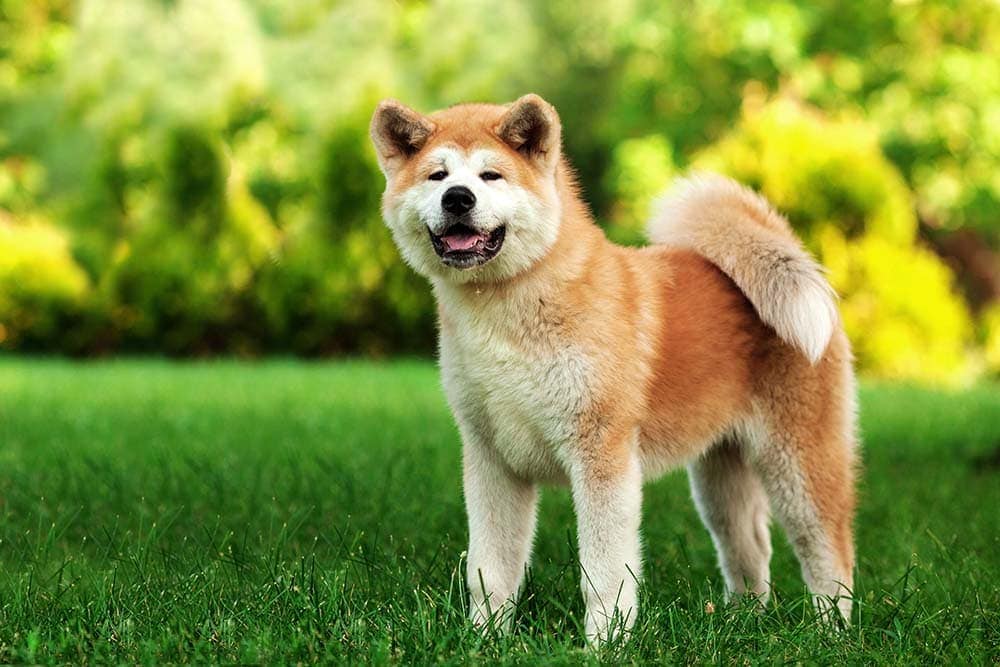
Standardizing the Breed in Japan
During the twentieth century, Japanese nationalism led to an increase in the preservation of native Japanese dogs. Over time, as Japanese interest shifted toward their own history and culture, they became interested in the dogs that had lived in Japan since ancient times. The Akita was officially recognized as a Japanese natural monument in 1931.
In Akita Prefecture, the mayor of Odate City created the Akita Inu Hozonkai or Akita Dog Preservation Society to preserve the Akita as a Japanese natural treasure through careful breeding. The first Japanese breed standard for the Akita Inu was published in 1934.
The Story of Hakicho
Many have written about the loyalty of the Akita, which is embodied in the story of Hachiko. Hachiko famously returned to Shibuya Station in Tokyo every day for a full decade after his master died unexpectedly at work until his death in 1935, putting an end to his daily journeys. His memory has been immortalized in books, movies, and statues, including one at the train station where he waited so patiently. He came to symbolize the unwavering devotion his breed is celebrated for.

First Akitas in the United States
Helen Keller visited Japan in 1937 to share her story of overcoming personal challenges. Keller heard about Hachiko during her visit, whose story impressed her so much she mentioned she would love one of these dogs. Japanese officials honored her request, presenting Keller with an Akita puppy named Kamikaze-Go before she left Japan.
When she came home with Kamikaze, he became the first Akita to live in the United States. Sadly, Kamikaze died at age seven and a half months from distemper. When the Japanese government learned of Kamikaze’s death, they sent his brother, Kenzan-Go. Keller named the dog Go-Go and adored him deeply. As they read about him and saw pictures of him with Keller, he also won the hearts of Americans. Other Americans began to want Akitas as well, which soon led to the creation of a breed standard and the first Akita dog shows.
A History of Two Breeds?
The Japanese and American strains of Akita are considered separate breeds in every country except the United States. The American Akita is larger in size and more heavily muscled than the Japanese Akita, and their coats are also distinct. The American Akita has a thicker coat that is more likely to be wavy or curly, while the Japanese Akita’s coat is shorter and more prone to being straight. Let’s examine how these two kinds of dogs developed.
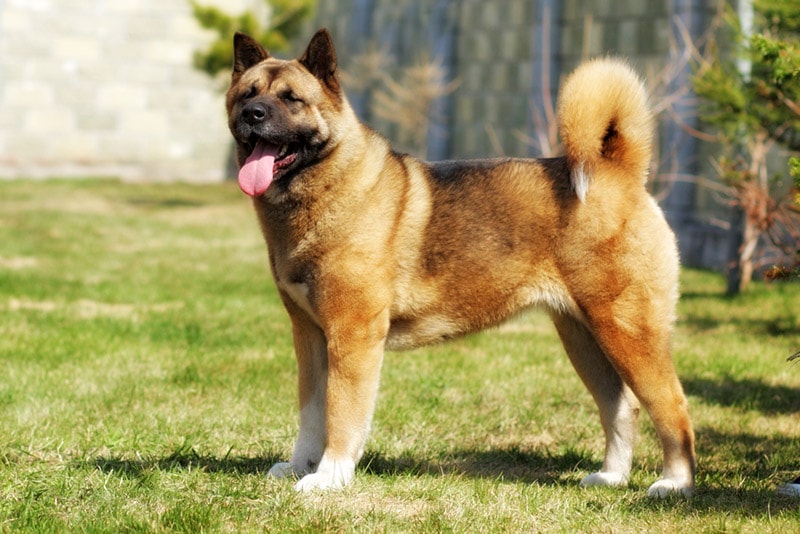
How the American Akita Came to Be
Just as the Akita breed was being standardized in Japan, World War II pushed this breed to the edge of extinction. Harsh economic conditions, famine, and a ruling by the Japanese government that ordered all dogs to be hunted for their fur for military clothing and equipment during World War II had terrible impacts on the numbers of Akita in Japan. German Shepherd Dogs were the only breed exempt from the order to kill dogs, which motivated people to crossbreed their Akitas with GSDs. After the war, members of the US occupation forces and administration brought the cross between German shepherds and Akita Inus to America. This hybrid was bred to become an American Akita sometimes called a Great Japanese Dog.
Restoration of the Japanese Akita
As a result of its crossbreeding with the German Shepherd Dog and other breeds, the Akita was in decline during the early 20th century. As a result, many specimens started losing spitz characteristics and took on traits like drop ears, straight tails, new colorations, and loose skin.
Inspired by the tale of Hachiko, Morie Sawataishi set out to save the Japanese Akita from extinction. To bring back the Spitz lineage and restore the Akita breed, a native Japanese hunting dog breed known as Matagi was bred with the Akita, along with the Hokkaido Inu.
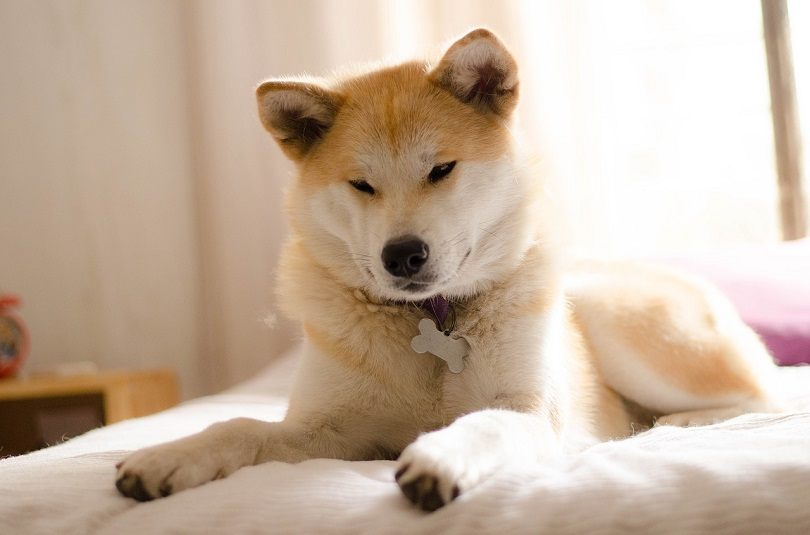
American Akitas vs Japanese Akitas
Modern Japanese Akitas share relatively few genes with western dogs. After being reconstructed, they are spitz-like in their characteristics with a fox-like head. After World War II, returning American military personnel brought back the larger, German Shepherd type while Japanese Akita owners focused on restoring the original breed. The larger American breed of Akita descends predominantly from the mixed Akita breed before the breed was restored.
Up until today, American Akita fanciers have continued to breed dogs with larger builds and more intimidating appearances. In addition, American Akitas come in many colors, whereas Japanese Akitas are only ever red, white, or tawny brown. As a result, American Akitas are not considered true Akitas by Japanese standards. The American Kennel Club approved the Akita breed standard in 1972, making it a relatively new breed in the United States.
Conclusion
In conclusion, Akitas were bred for their hunting skills, guarding skills, and companionship. As a breed, they have an incredible history, and they have gone through a lot to be with us today. Although they have a royal legacy, they are loyal and intelligent dogs that make great pets for everyday folk. If you are interested in owning an Akita, be prepared to provide plenty of exercise and socialization. They are not the right dog for everyone, but they can make a wonderful addition to the right family.
See Also:
- 10 Incredible Akita Facts (Vet-Reviewed)
- Long Coat Akita Dog Breed: Facts, Origin & History (With Pictures)
Featured Image Credit: New Africa, Shutterstock




